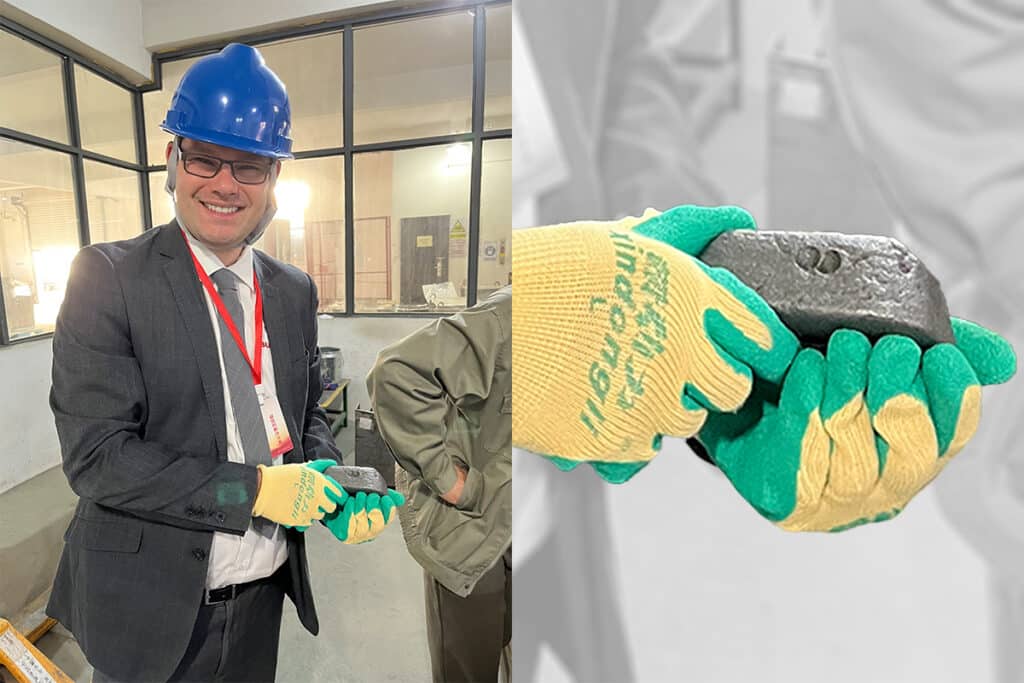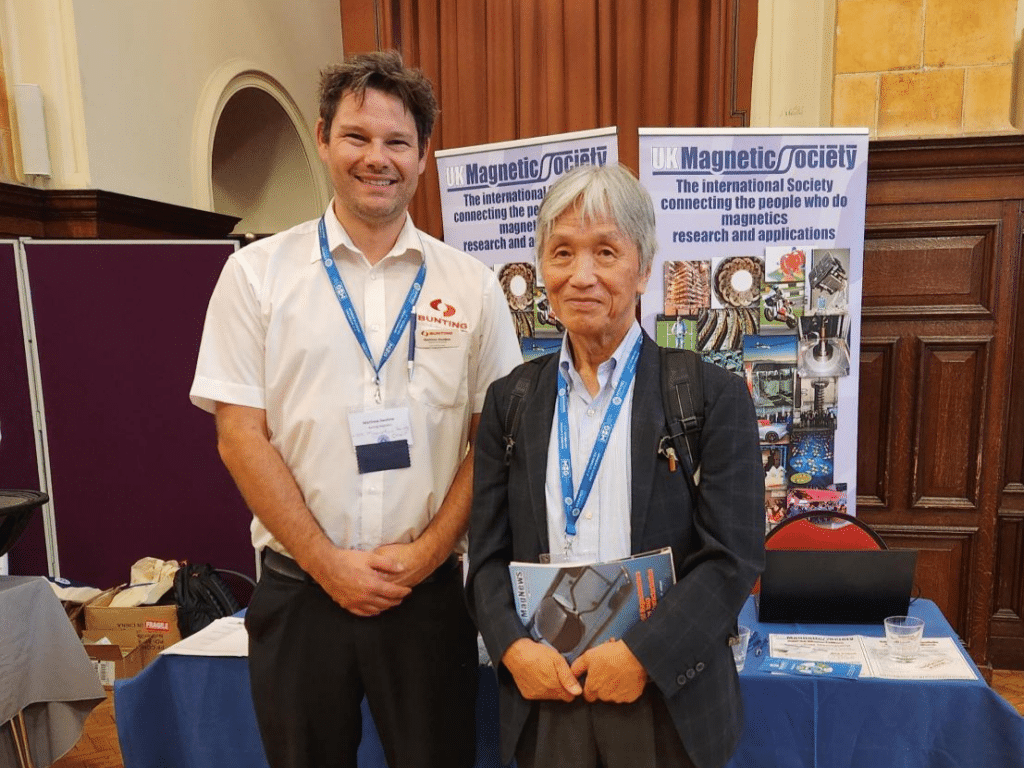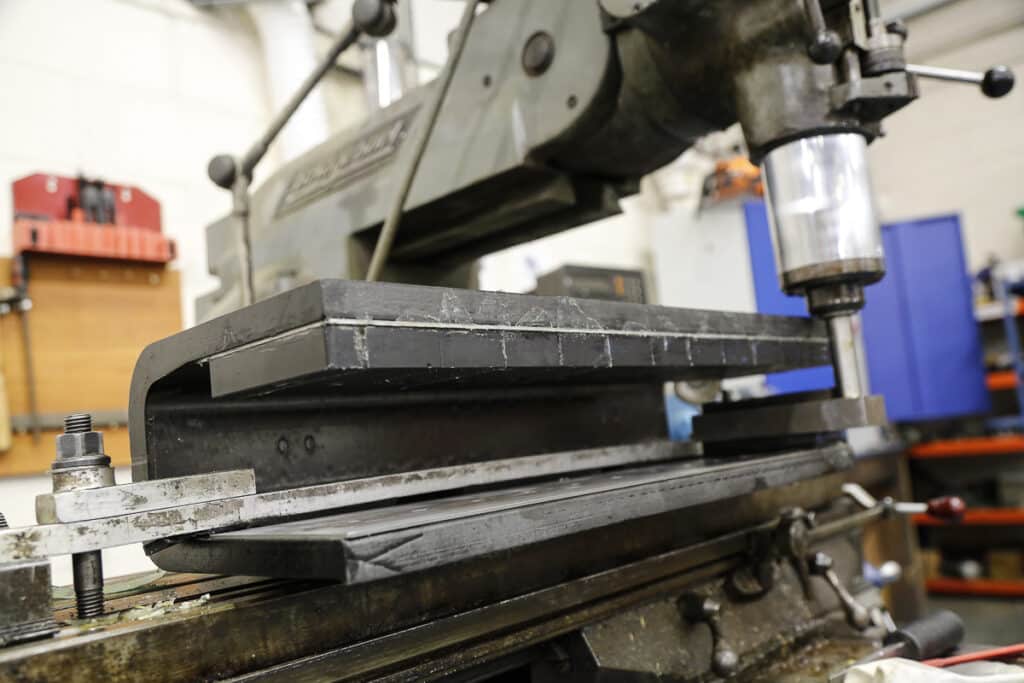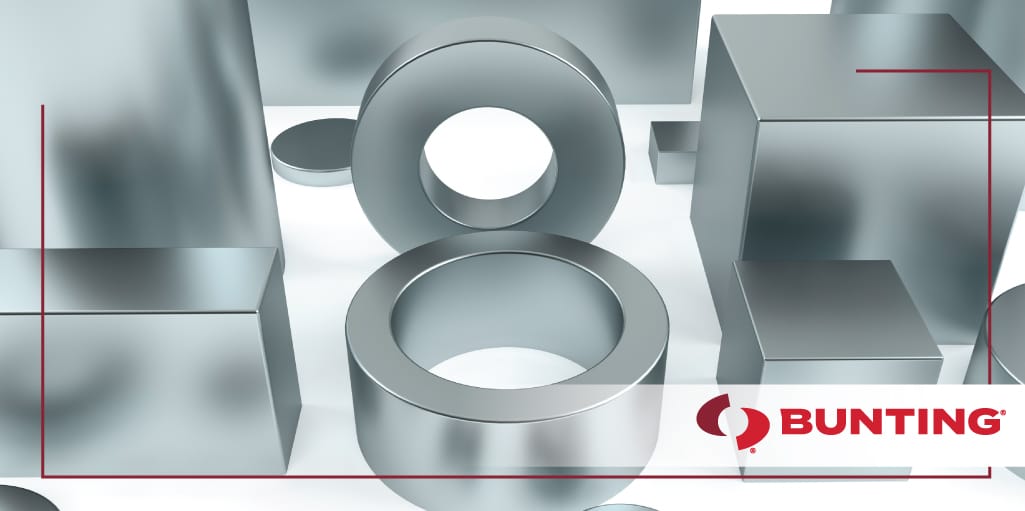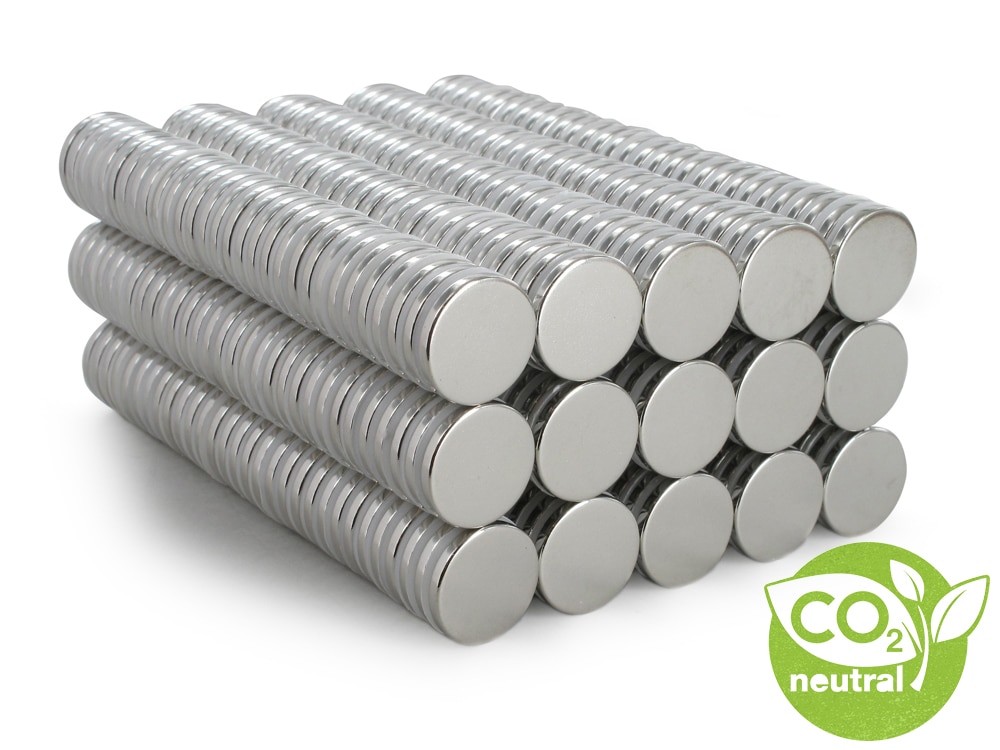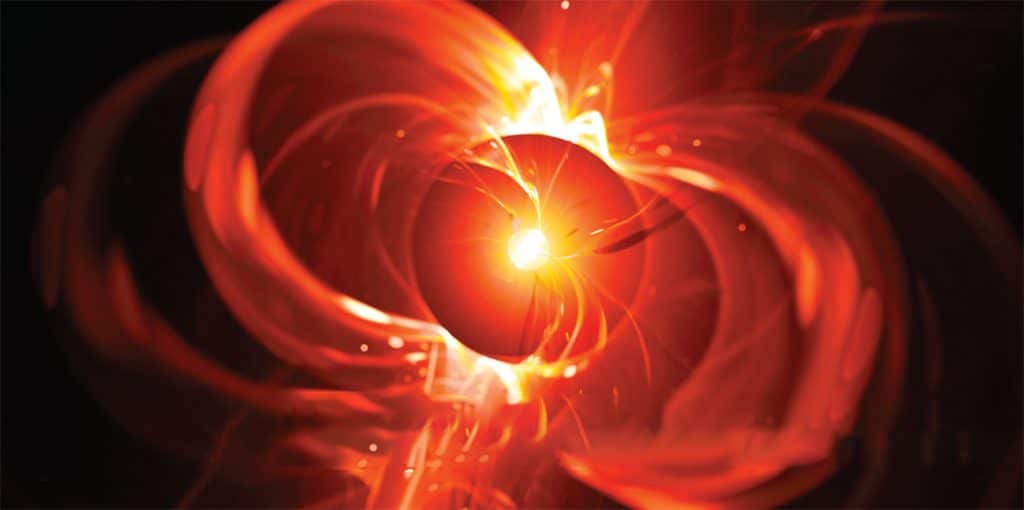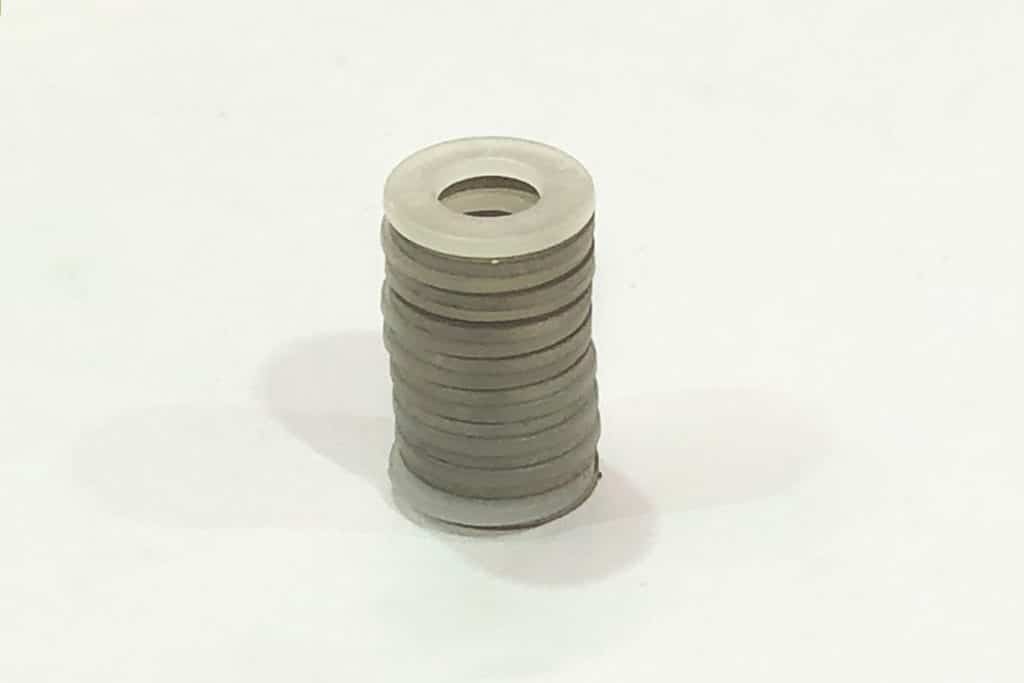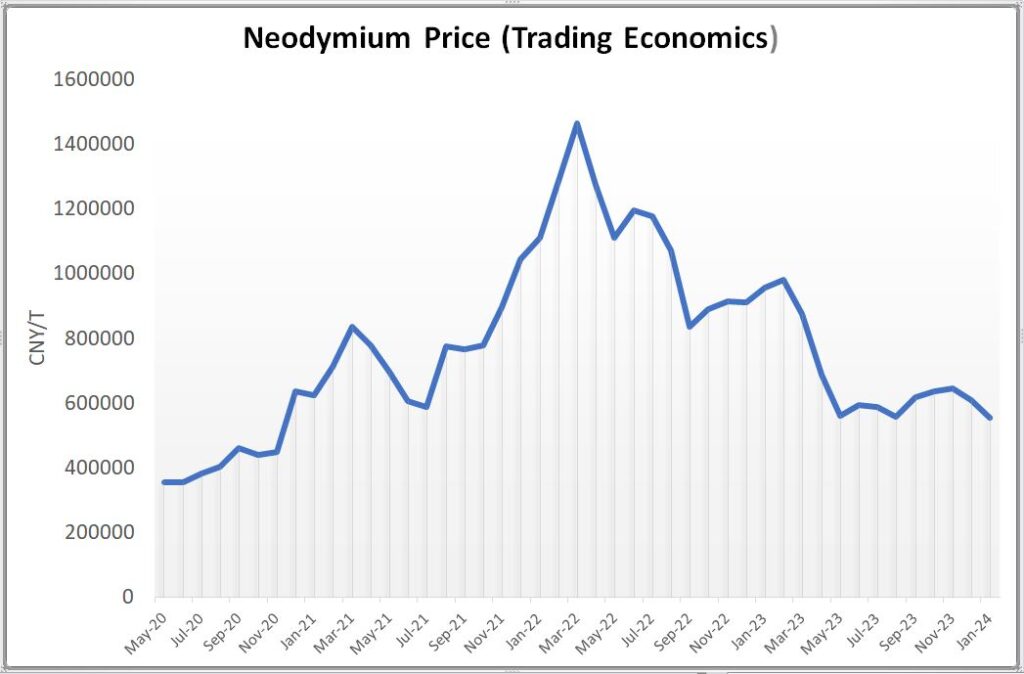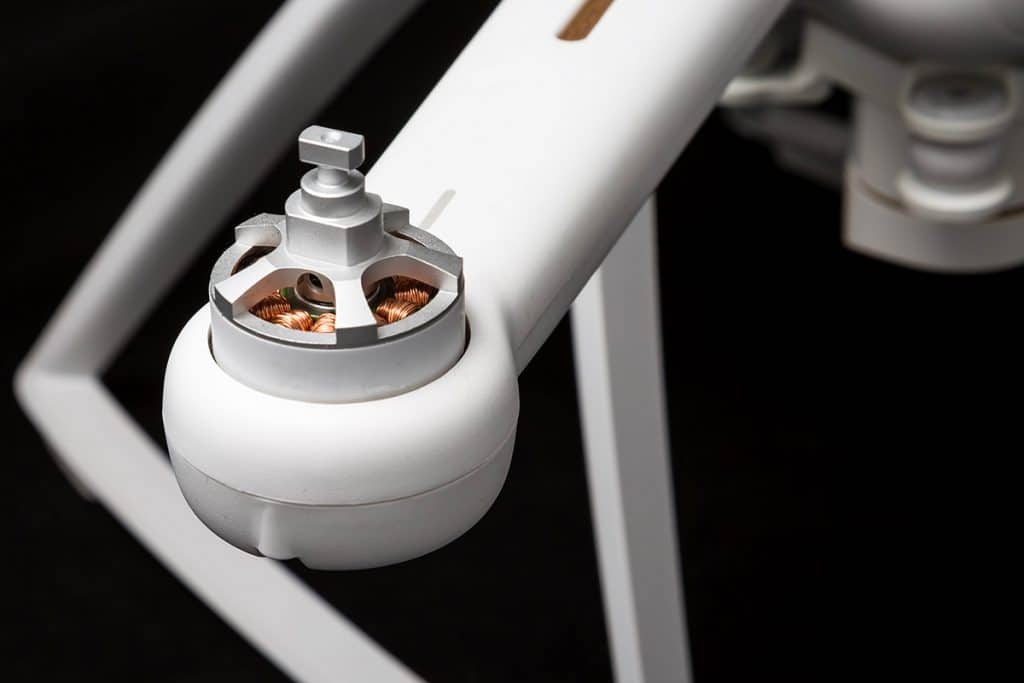Rare Earth Magnet
Limiting Heavy Rare Earths Reliance for Neodymium Magnets
The growth in demand for neodymium-iron-boron (NdFeB) permanent magnets to maintain magnetic performance at high temperatures led to the inclusion of heavy rare earths such as dysprosium and terbium. The addition of these elements increases the coercivity of NdFeB i.e. it allows the magnets to operate at higher temperatures without losing their magnetic properties. The…
Read MoreA Review of REPM 2023
Matthew Swallow, our Technical Product Manager and the Chair of the UK Magnetics Society, reports on REPM 2023, the 27th international workshop on rare earth and future permanent magnets and their applications (3-7 September, University of Birmingham, UK). REPM is a biennial academic conference held and run by a hosting university or institution with the…
Read MoreBunting Sponsors REPM 2023
Bunting has signed up as a gold sponsor of REPM 2023, the 27th international workshop on rare earth and future permanent magnets and their applications (3-7 September, University of Birmingham, UK). The biennial workshop is co-organised by SUSMAGPRO partner University of Birmingham and brings together scientists and engineers working on rare-earth permanent magnets and their…
Read MoreCoatings for Neodymium Magnets
Nearly every neodymium magnet will be plated or coated and, as the most powerful permanent magnet available, they are used in many different applications. However, they possess physical characteristics that require them to be plated or coated in order to protect them from damage. In their raw form, neodymium magnets are quite brittle, and as…
Read MoreBunting Introduces Carbon Neutral Neodymium Magnets
In response to feedback from European customers, Bunting-Berkhamsted is the first magnet supplier to offer carbon-neutral sintered Neodymium Iron Boron (NdFeB) rare earth magnets sold online through the company’s Bunting-eMagnets ecommerce website. The manufacture of magnets such as NdFeB requires a considerable amount of effort and energy, from mining of the raw materials through to…
Read MoreMagnets in Santa’s Workshop
Santa Claus has never been busier. Material shortages, transportation issues and inflated prices have stretched his elf workforce to the limits. His workshop is a hive of activity and, in amongst the organised chaos, magnets play an important role. So where are they? High Tech Toys use Neodymium Rare Earth Magnets Santa Claus received a…
Read MoreMagnets and the Curie Temperature
The term “Curie temperature (Tc)” or “Curie point” gets frequently mentioned when discussing magnets and magnetic properties. The Curie temperature relates to the maximum temperature a material can reach before losing its magnetic properties. On reaching a magnetic material’s Curie temperature, the spontaneous magnetisation in the material drops to zero. At this point, the material…
Read MoreMedical Device Manufacturer Awards Bunting Top Supplier Performance
A leading European medical device manufacturer has recognised Bunting’s high standard of supply with a top supplier award. Bunting supply approximately 20,000 Samarium Cobalt rare earth magnets annually for medical audio equipment. The project originated in 2016, when Bunting engineers worked closely with a team from the manufacturer to determine the optimum medical device magnet…
Read MoreNeodymium Price Trends
Updated 25th January 2024 On January 1st 2025, after rallying between August and November, the price of Neodymium fell to the lowest level since November 2020. The outlook remains uncertain, with further decreases likely in the short term. In 12 months, the price of Neodymium has fallen by 42%, way down on the peak price…
Read MorePermanent Magnet Motors Providing Key Benefits
Permanent magnet motors are electric motors using permanent magnets in addition to windings. Such motor designs are more efficient than induction motors or motors with field windings for certain high-efficiency applications such as electric vehicles and small electric motors such as found on drones and in car windshield wipers. Both AC and DC motors benefit…
Read More
